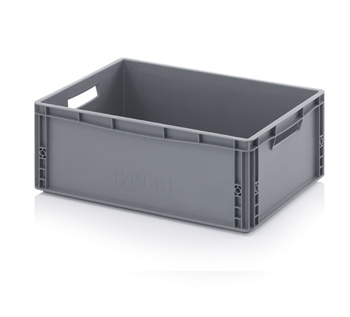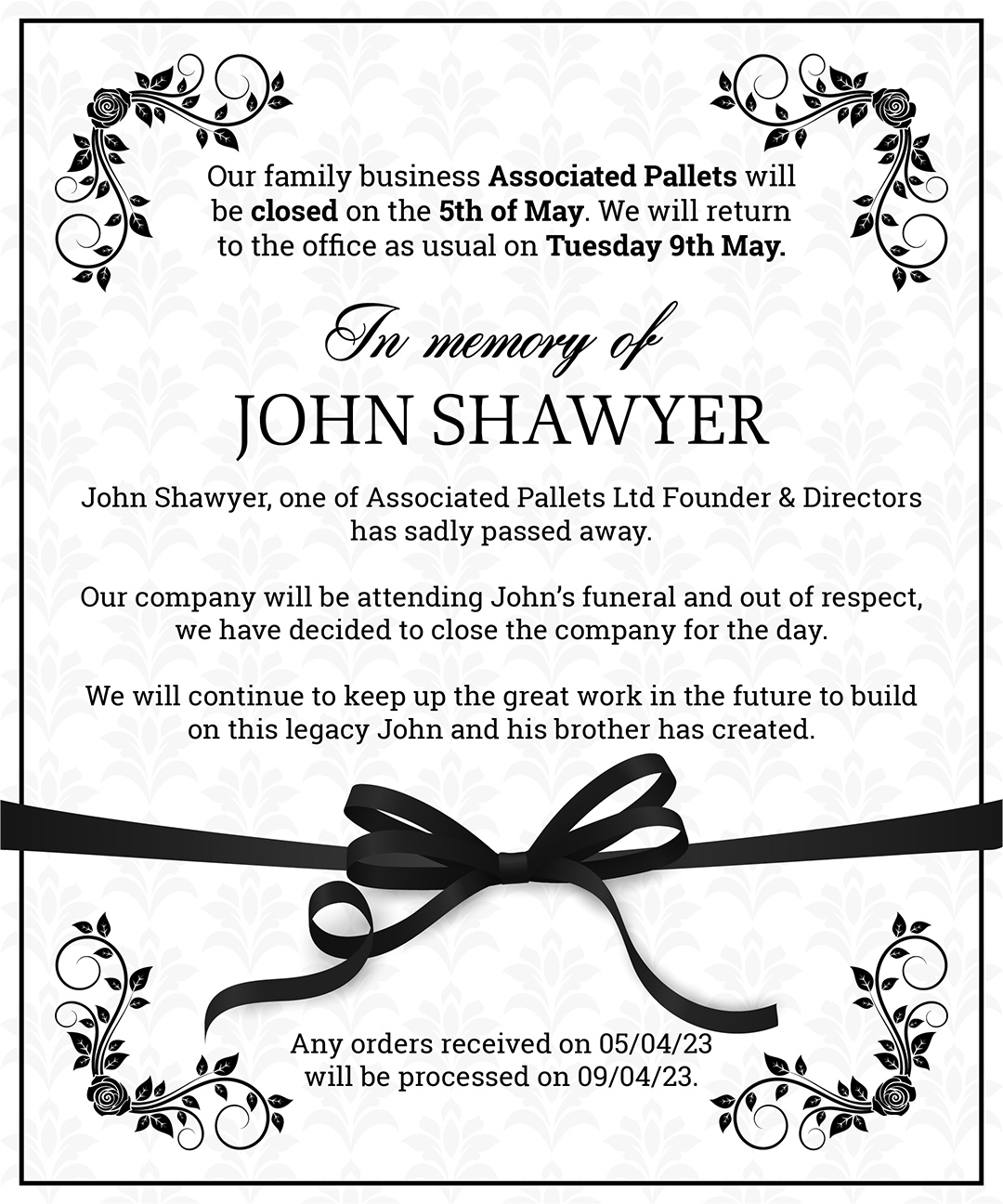Using Plastic Storage in City Structures
17 Feb 2017
Repurposing and recycling are no longer just environmental buzzwords. They are essential elements of modern living and, increasingly, innovative and attractive elements of modern design. We have many recent examples of architects creatively adapting used commercial paraphernalia for their urban projects. Take, for instance, plans unveiled in Wales for a “box village” to be fashioned from old shipping containers – a scheme which will create vital affordable business units in the city of Swansea. Minimising waste and simultaneously delivering a functional and attractive building can tap into a contemporary appetite for austerity while transforming communities.
Protiro Project
Another striking example of this imaginative and practical approach to architecture is the Protiro Project in Caltagirone, Italy. Studio NOWA (Navarra Office Walking Architecture) converted a couple of artisan sheds into an eye-catching treatment and rehabilitation centre for people with disabilities by repurposing green plastic crates which had formerly been used to transport and store oranges. The plastic containers were applied to the facades of the units to create a structure which lends character and distinction to its environs. Commissioned by Italian charity Concetta D’Alessandro Foundation, a body which naturally has limited financial resources, the centre comprises a comfortable residential area and a space for group activities as well as administrative and service areas.

Micro-Libraries
Across the globe in the city of Bandung, Indonesia, architectural firm Shau took what was, at the time, an outdoor community stage and added some 2000 recycled ice-cream tubs to its exterior surfaces to create a unique and cost-effective micro-library. The architects, who had a budget of just US $39,000 (around £31,500 at current exchange rates), say that they will adapt this locally popular and critically acclaimed solution for future library projects, which they hope will revive the public’s love of reading, literature and learning by offering dedicated spaces for the pursuit of these activities. Authorities everywhere that are charged with providing cultural amenities on a comparative shoestring will be watching their progress with interest.
Belgian Beer
Readers may also recall the temporary pavilion built in Brussels, Belgium, from 33,000 plastic beer crates. Fittingly situated close to the celebrated Atomium building, an iconic installation in its own right, the pavilion represented the designers’ wish to produce a feeling of “reusability” and “universality” – an objective they said was best accomplished by repurposing everyday items from the average person’s life. Observers assumed that the use of plastic containers would have made the work challenging at the very least, but the architects said that, on the contrary, the materials at hand had actually made it easier to experiment and add interesting features to their design.
While it’s unlikely that the use of recycled storage and packing receptacles will replace more conventional architectural media, it seems probable that we will have more design solutions of the types described above, combining form, function and economy with respect for the environment.
